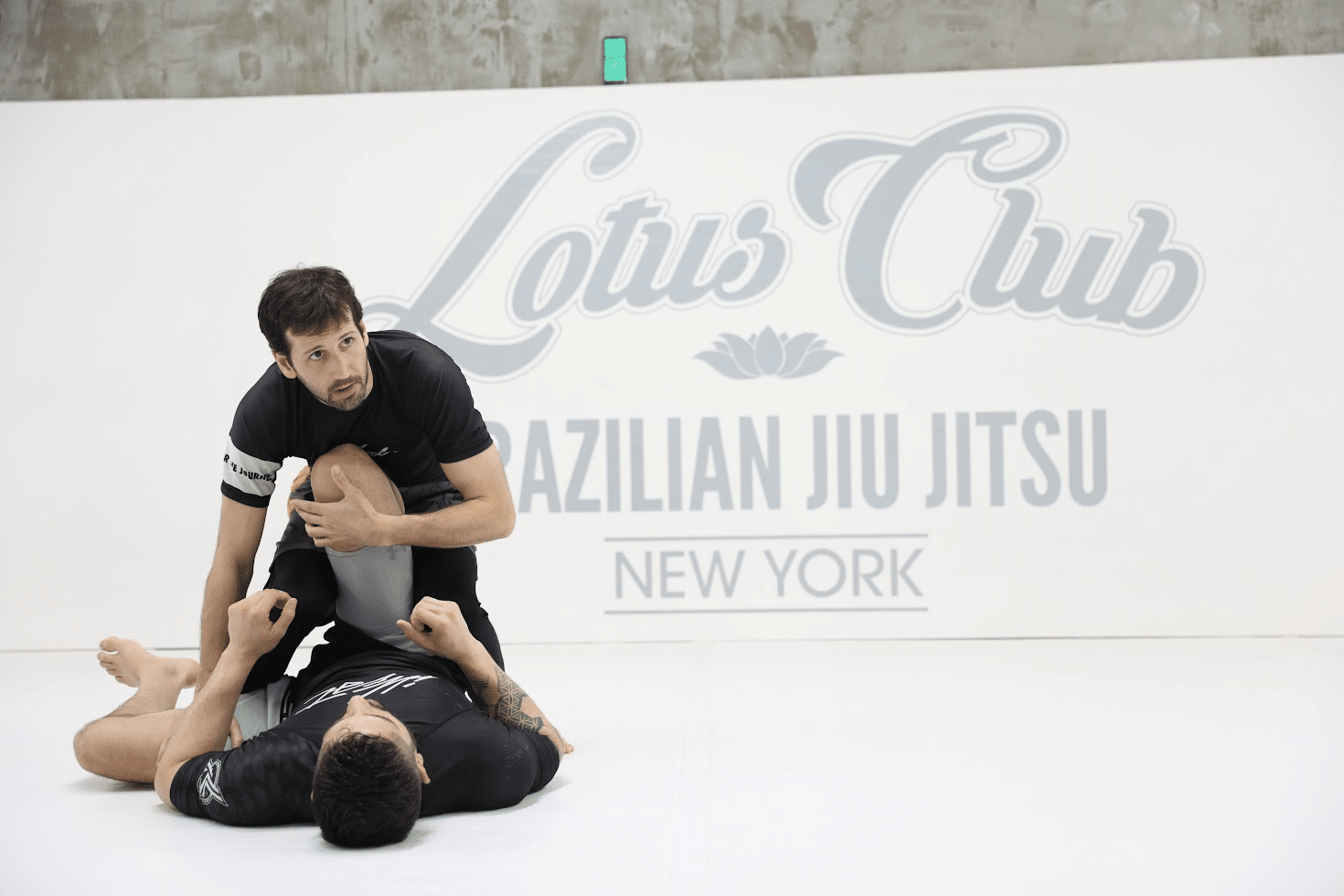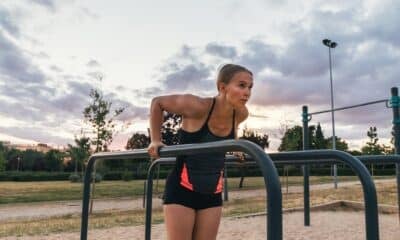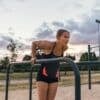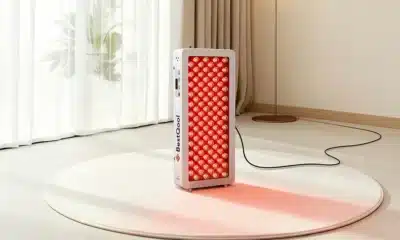Santiago Furlong: The Brazilian Jiu Jitsu Instructor Behind the Medals
Like all athletes, excellent instructors are made, not born. While every athlete of course has some degree of innate ability, it’s rare to master a sport without the necessary hard work and dedication. For one to be truly successful, challenges are very much needed. Just ask Santiago Furlong.
Santiago is originally from Argentina. He could have been a standout football player, if he had wanted to, or maybe taken a chance on dancing tango. Instead he fell in love with an artform from Argentina’s neighboring country Brazil called Brazilian Jiu Jitsu.
“I’ve been doing martial arts and combat sports my whole life,” says Santiago. “I first started boxing in high school and later I started doing mixed martial arts,” he goes on. “That’s how I got into my first Brazilian Jiu Jitsu class and I loved it right away.”
A fateful competition
For years, Santiago trained and competed in Brazilian Jiu Jitsu. He credits a tournament in Brazil, the São Paulo International Open, one of Brazil’s largest competitions, with enlightening him though.
This was Santiago’s first time competing internationally in a big tournament and was facing a tough bracket. Santiago had to face and beat seasoned competitors from Brazil, the mecca of Jiu Jitsu.
Winning that international competition gave Santiago the confidence that his technical level was among the highest in the sport and motivated him to really focus and pursue Jiu Jitsu as a career. It would be the beginning of a successful career.
“The victory in São Paulo was significant for me,” says Santiago. “It showcased the effectiveness of my technical skills and my ability to execute a strategic plan.”
Life as a BJJ instructor
Over the past eight years, Santiago has worked to parlay those kinds of insights into lessons that he can share with students. Now living in New York, he serves as an instructor at the Gentle Art Studio, a Lotus Club Brazilian Jiu-Jitsu branch in Astoria.
“As an instructor, my own experiences have shaped how I teach jiu-jitsu,” says Santiago. “For example, I stress the importance of technical proficiency and being a well-rounded athlete, as well as the capacity to adapt to varying styles and situations,” he says. Santiago’s students also need to be prepared to adjust their approach and devise the best strategy depending on the opponent. He says it’s crucial to be a technically well-rounded athlete, not to rely on a limited set of positions and techniques.
Santiago’s approach to teaching addresses not only physical preparation for the sport, but also mental preparation. Because of his experiences as a competitor, he knows how different kinds of athletes think and can tailor his lessons to address specific needs. He does this through talking about his own personal journey as an athlete, emphasizing the mindset and work ethic that are necessary for success in Brazilian jiu-jitsu. Santiago enjoys working one on one with his students, offering helpful personalized feedback.
“By providing personalized attention and guidance, I assist my athletes in building confidence and developing the right skills to excel in jiu-jitsu,” he says. “It’s that simple.”
The structure of his program
Typically Santiago’s lessons start off with technical explanations of different exercises and new moves, drills them, and sets up different sparring exercises. These can be constraint sparring, where the students focus more on technique, or situational sparring, where practitioners focus on specific predetermined scenarios or positions. Free sparring is also folded into the program, enabling students to use techniques and strategies against an opponent without pre-arranged movements. Santiago follows up these different approaches with question-and-answer sessions, where he can troubleshoot issues with students, helping them to understand the sport.
“Through this structure, we first work on the incorporation and practice of new techniques, then positional and constraint sparring to work and improve in specific common fighting situations, followed by free sparring to imitate the dynamics and intensity of competitive combat,” explains Santiago. “The Q&A session is there so that athletes can troubleshoot and refine techniques and positions,” he says. “This structure has shown great results in athletes.”
Achieving great results
Santiago’s approach has paid off, as his students have achieved great results through his training program. They have won medals in some of the biggest competitions of the International Brazilian Jiu Jitsu Federation, which is the main BJJ organization worldwide. In recent years, some of Santiago’s students have won medals at the IBJJF Master Worlds, IBJJF World No Gi, IBJJF Pans, IBJJF Brazilian National and IBJJF American National tournaments. They have also ranked in the top of their division in the IBJJF ranking, he points out.
And he wants to keep going.
“My goal is to keep working hard and making my students and athletes better, so they can perform at the highest level of the sport, achieve their goals, and year by year make the team bigger and more successful,” says Santiago. “I trust that through my training program, consistency and hard work we can make this happen.”
About the author:
Julia Mendez is a New York-based sports writer covering martial arts, fitness, and the stories of athletes who push the limits of discipline and dedication. With a passion for combat sports and a background in athletic journalism, she brings depth and perspective to profiles of emerging talent across the U.S. and beyond.














